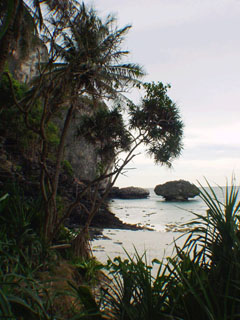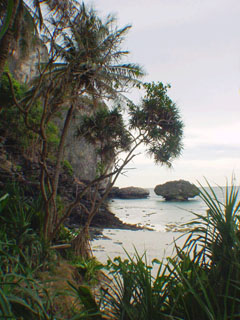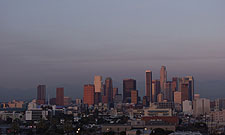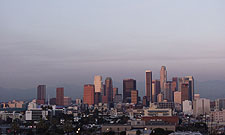|
Remove Noise from Studio images Actually I started the wrong way, because my first introduction to digital imaging was back in 1986 when I first started using computers for image manipulations. Naturally for me, getting a digital camera was a rather natural step, however for many people it is combined with lots of issues. Particularly loosing the darkroom is quite disconcerting for many photographers. Not to worry, Photoshop is the new darkroom, and while I love the darkroom, I have not found anything which I can not do as well in Photoshop. Some of the powertools naturally is using actions, I find that a good action really will put a smile on your face, and it it well worth paying with actions to get good hang of them.
Exposure Actions Here is three actions I like to use when I have messed up a shot (unfortunately this happens much more regularly than I like to say). Just download the actions, open Photoshop and load them into your actions palette. Try them on a few images to see how they work. Feel free to improve and adjust. (Smile). This is stuff you could also do in curves, but it is faster this way for most people. Click here to download the Photoshop
Actions Light in the Dark
Light the Lights Brightness and ContrastIs a "Don't go there" thing, this feature is build into all
image manipulation software, but it is pretty dangerous to use. Brightness,
litterally lifts the lightness value levels of your entire page, beginning
at the top and going down. The danger is that it is not easy to see
when important data starts to blow out of the top (or buttom) of the
image. Problem is that once data is past 255 it is gone and you now
have a nice burnout in your image. Much better, use "Levels' (Ctrl+L)
or "Curves" (Ctrl+M).
|



